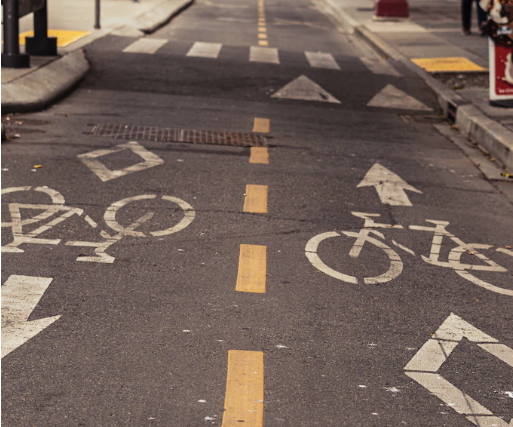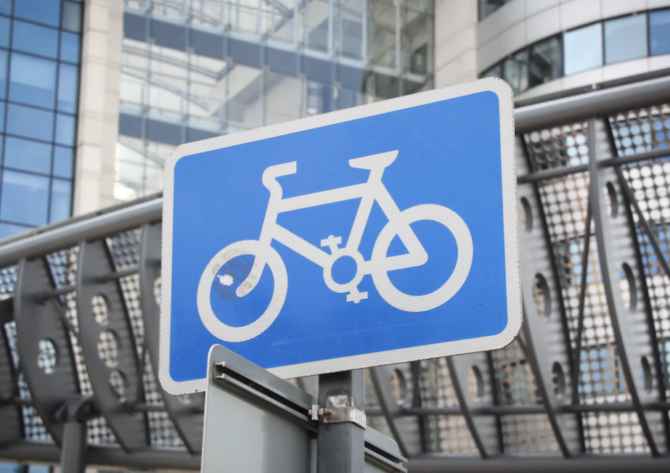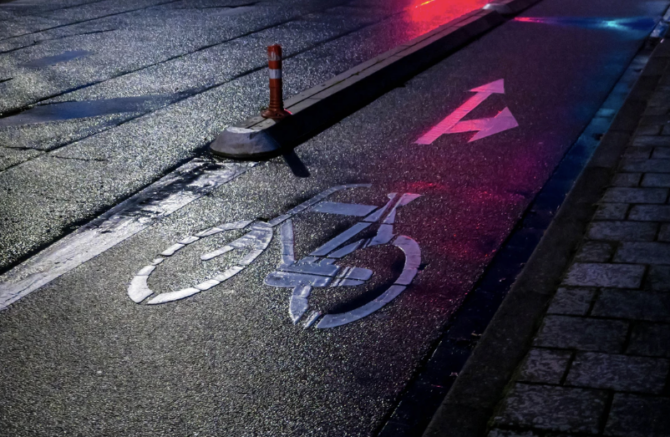From Keyt.com
By John Palminteri
CARPINTERIA, Calif. – A new bikeway is open along the south side of Highway 101 on the western end of Carpinteria to make a safe connection between the city and Santa Claus Lane in the county.
Cal Trans, the Santa Barbara County Association of Governments (SBCAG), city and county leaders were united in this plan, which has been a priority project for years, but it took collaboration on many levels.
The county’s long term planning goals first listed this project back in 1977. It’s in a tough spot with several jurisdictions, Union Pacific Railroad and the Carpinteria Salt Marsh in the area.
Marjie Kirn, Executive Director of SBCAG said, “I gotta say I think this makes Santa Claus Lane so much more accessible. It makes riding your bike or walking to Santa Claus Lane easier than taking your car.”
This is one of the wider paths ever built as a “bikeway.” It has room for bikes, scooters, skateboards and pedestrians.
Photo by Clayton Cardinalli on Unsplash
Read More








